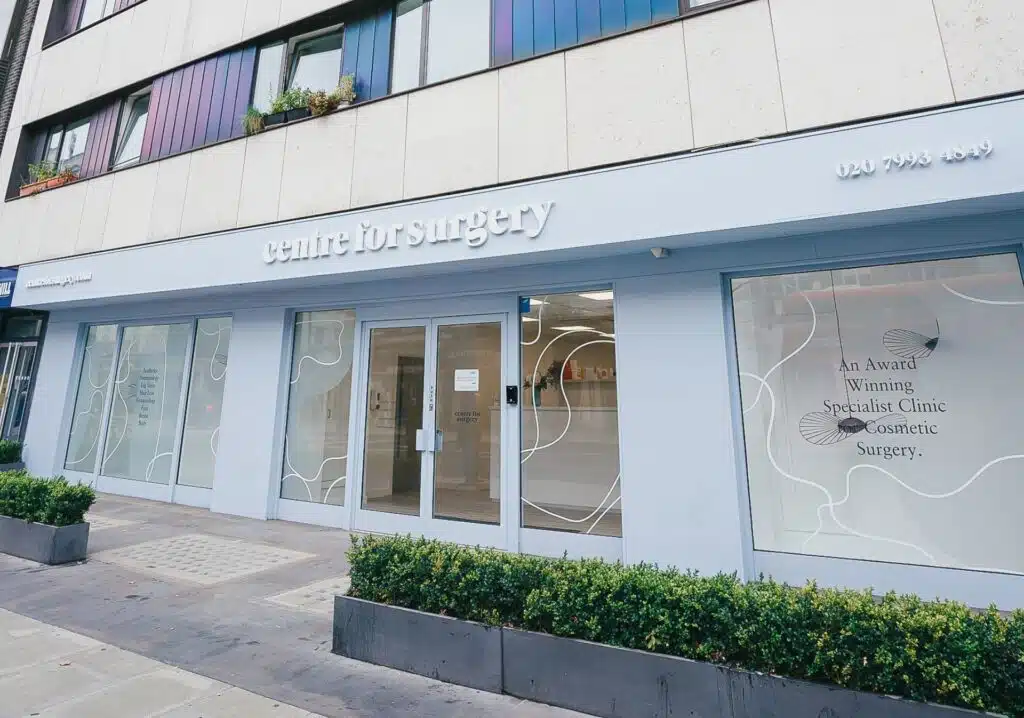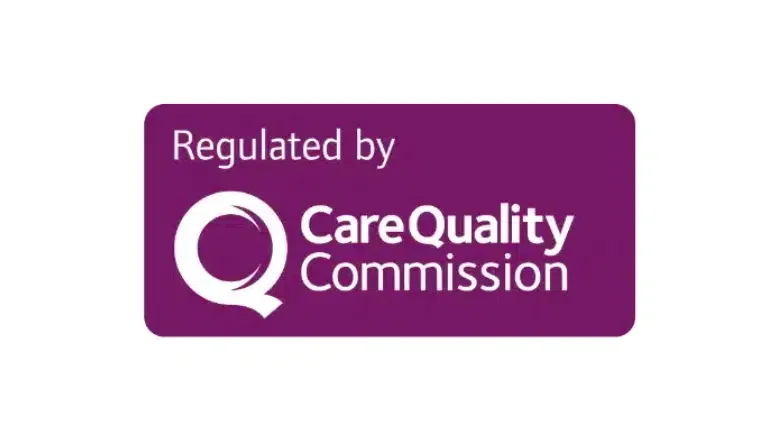Exercise After Liposuction: A Recovery Guide
After years of feeling self-conscious, you’ve finally indulged in liposuction surgery, and the results are nothing short of remarkable! However, during the recovery period, you might find yourself eagerly waiting to get back to physical activities. That urge to put on your running shoes or resume your gym routine can intensify each day. But remember, the key to exercising after liposuction is all about timing.
Here at Centre for Surgery, our expertise in liposuction extends beyond the procedure itself. We offer tailored guidance to help you maintain your liposuction results throughout your healing journey. Our aim is simple: to help you gradually return to your regular exercise routine without jeopardising your new shape.
In our comprehensive guide to liposuction recovery, we delve into the details of post-liposuction exercise. By the time you finish reading, you’ll be fully prepared to ease back into your fitness regime, feeling stronger and more confident than ever before.
Liposuction Recovery: Understanding the Healing Stages
Recovering from liposuction at Centre for Surgery involves various phases, each marking a significant step in your transformation journey. Here’s a breakdown of the key stages in the liposuction recovery process, focusing particularly on movement and physical activity:
Immediate Post-Op In the immediate aftermath of your surgery, rest is paramount. It’s crucial to avoid any strenuous activities and allow your body to adapt to the healing process. During this time, your primary focus should be on rest and recovery.
As you progress, you’ll become more attuned to your body’s signals and understand how to respond appropriately.
Early Recovery (2-3 weeks) During the initial weeks post-surgery, you’ll start to incorporate gentle walks into your routine. This is an essential step to enhance blood circulation and prevent the formation of blood clots. Remember, if you feel you’re exerting yourself too much, it’s important to scale back and take it easier.
Mid Recovery (3-6 weeks) At this stage, you’ll likely start feeling more like your old self, which can increase the temptation to resume your regular exercise regimen. However, patience remains key. You can begin introducing light exercises (we’ll provide examples later), but it’s essential to avoid any activity that might negatively impact your recovery.
Late Recovery (6+ weeks) Once you’ve received clearance from your surgeon, you can gradually start incorporating more intense exercises back into your routine. It’s important to remember that recovery isn’t a race. You should take your time to slowly reintegrate into your pre-surgery exercise habits.
The Centre for Surgery Approach: Expertly Guided Fitness Progression Post-Liposuction
Centre for Surgery is renowned as a leading liposuction provider in London, a status cemented by our surgeons’ extensive experience and a long roster of satisfied patients. Our approach, however, extends beyond the operating room. We are dedicated to ensuring that our patients receive comprehensive guidance and resources for optimal healing, including advice on gradually reintegrating exercise post-liposuction.
Our commitment revolves around helping you resume your healthy lifestyle seamlessly. We possess a thorough understanding of the body’s healing process and are skilled in determining the appropriate timing for reintroducing specific movements to enhance your results. Our methodical approach, coupled with a deep compassion for our patients, distinguishes us in the field of liposuction.
Next, we’ll explore the initial steps towards resuming physical activity post-liposuction, ensuring a safe and effective return to fitness.
Safe Post-Lipo Workouts: A Gradual Return to Fitness
This liposuction recovery guide emphasizes one critical aspect: the importance of reintroducing movement slowly and cautiously. Rushing into strenuous activities can not only compromise your liposuction results but also delay your overall healing, hindering your return to fitness.
To ensure a safe and effective recovery, here are some recommended post-liposuction exercises along with the ideal timeline for incorporating them:
Short, Slow Walks
Starting with short and gentle walks post-operation is beneficial. This low-impact exercise aids in speeding up your recovery without stressing your incisions excessively. Begin these walks as soon as you feel comfortable after surgery.
Light Cardio
After two to three weeks, you can gradually increase the duration and intensity of your walks. You might also consider using a stationary bike or a cross trainer for light cardio. The emphasis should remain on maintaining low intensity during this phase.
Light Resistance Training
At the three-week mark, you can gently introduce light strength training, along with yoga and stretching exercises. These activities help in building strength without overexerting your body.
Intensifying Post-Lipo Physical Activity
Around six weeks post-surgery, you can start to increase the intensity of your workouts, moving closer to your pre-op exercise routine. It’s crucial to continue listening to your body and adjust the intensity of your workouts accordingly.
High-Impact Training
By twelve weeks, your surgeon may give you the green light for more vigorous exercises. Remember, it’s okay to take things slowly and adjust your exercise intensity as needed.
Preserving Your Transformation: A Holistic Approach Post-Liposuction
The journey to recovery after liposuction extends beyond just resuming physical activities. To fully optimize your healing and maintain the results of your transformation, a holistic approach is essential. This approach encompasses various aspects of wellness and self-care.
Here are some key guidelines to consider during your recovery period:
Stay Hydrated
Drinking ample water is crucial for your body’s healing process. It helps flush out toxins, aids in maintaining skin elasticity, and supports overall health.
Maintain a Balanced Diet
A nutritious diet plays a significant role in your recovery. Focus on eating a variety of healthy foods rich in vitamins, minerals, and proteins to support tissue repair and overall well-being.
Attend Follow-up Appointments
Regular follow-ups with your surgeon are important to monitor your recovery progress. These appointments allow for any necessary adjustments in your post-operative care plan.
Wear Compression Garments
Using compression garments as recommended by your surgeon is vital. They help reduce swelling, provide support to the treated areas, and contribute to a smoother healing process.
Stay Patient and Positive
Recovery is a gradual process, and maintaining a positive outlook can significantly impact your healing. Patience is key, as your body adjusts and heals at its own pace.
Challenges in Post-Lipo Recovery: Managing Risks and Concerns
The journey towards recovery after liposuction, while filled with hope and anticipation, can also present certain challenges. Being prepared to address these concerns is crucial for a smooth recovery process. Here’s some guidance on mitigating common post-lipo risks and addressing potential concerns:
Swelling and Bruising
Wearing compression garments as advised by your surgeon is key to minimising swelling and aiding in proper contouring of the treated area. These garments provide necessary support and help in evenly shaping the body as it heals.
Tightness or Stiffness
Experiencing tightness or stiffness in the areas treated with liposuction is common. Engaging in gentle stretching exercises and following the safe post-lipo workout plan can gradually alleviate these sensations.
Numbness or Tingling
Temporary numbness or a tingling sensation is a normal part of the healing process. These sensations typically subside as your nerves recover and should not be a cause for concern unless they persist for an extended period.
Fear of Movement
It’s natural to feel apprehensive about resuming physical activities post-liposuction. To overcome this, start with simple, gentle walks and gradually increase the intensity of your movements as your confidence and comfort level grow.
At Centre for Surgery, we understand that recovery is a journey that involves both physical and emotional healing. We’re committed to supporting you through every step of this process, ensuring you feel confident and cared for. Trusting the process and maintaining open communication with your care team will significantly aid in your recovery and satisfaction with your liposuction results.
FAQs: Exercise and Liposuction Recovery
Here’s a straightforward guide to some frequently asked questions about getting back to fitness after liposuction. We’ve covered key points to help you understand the dos and don’ts during your recovery journey.
When can I start exercising after liposuction?
You can gently start exercising a few days post-surgery by taking slow, short walks. This is just the beginning, and over the following weeks, you’ll be able to gradually increase both the intensity and the variety of your exercises, as long as you feel comfortable and your recovery is on track.
What types of exercises should I avoid after having liposuction?
In the initial recovery period, it’s important to avoid more intense activities such as running, lifting heavy weights, high-intensity interval training (HIIT), and swimming. These activities should only be resumed once you have the green light from your surgeon, which ensures your body has healed adequately to handle such stress.
Can regular exercise enhance my liposuction results?
Absolutely! Engaging in regular exercise post-liposuction is beneficial in maintaining and enhancing the results. It helps keep your weight stable and improves muscle tone, both of which are important for preserving the body shape achieved through liposuction.
What should I do if I experience pain or discomfort while starting to exercise again after lipo?
Listening to your body is essential during your recovery. If you experience any pain or discomfort while resuming exercise, it’s a sign you might be pushing yourself too hard, too soon. It’s important to ease back on your exercise intensity and consult with your surgeon or healthcare provider if the discomfort persists. Remember, the key to a successful recovery is a balanced and patient approach to resuming physical activity.













